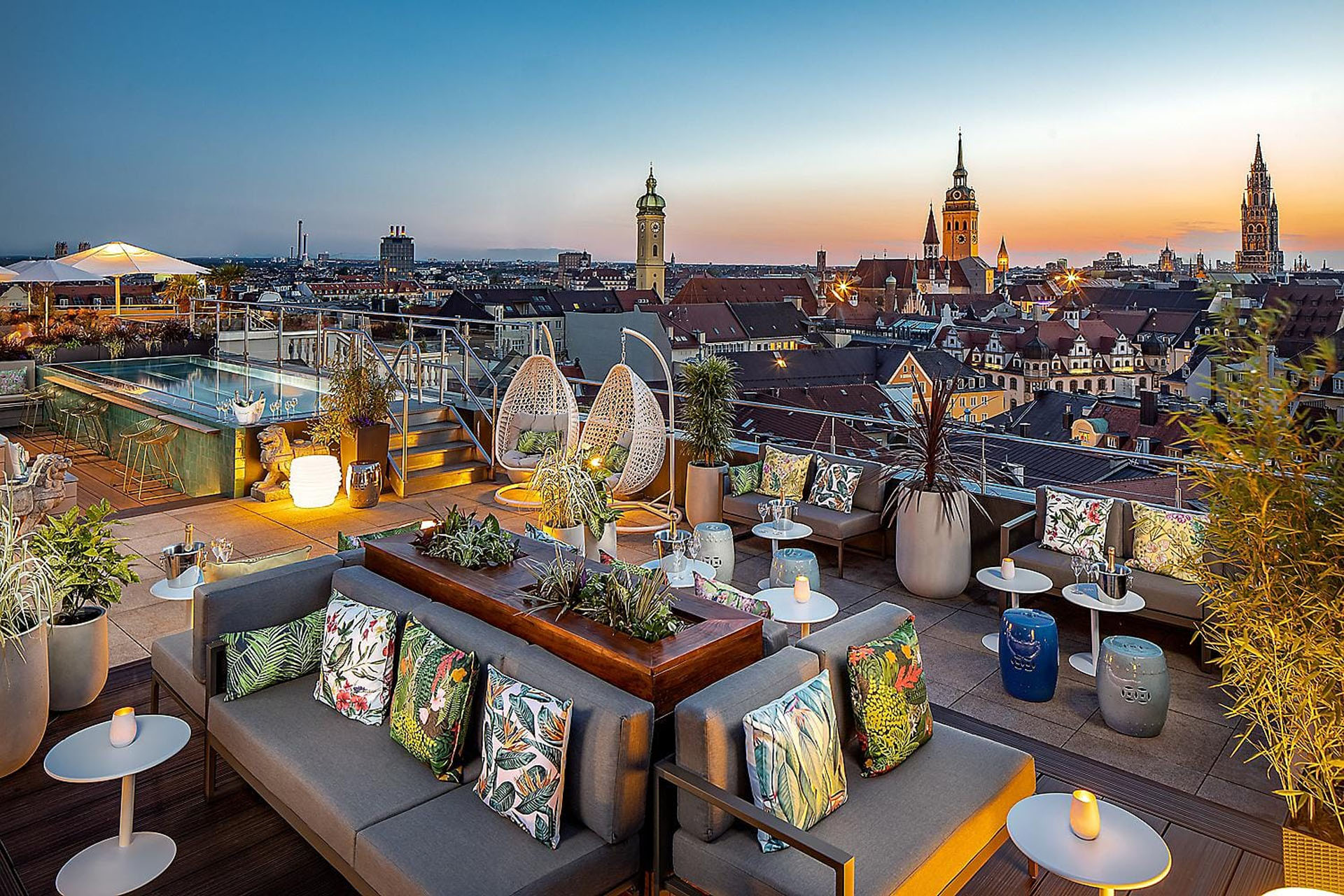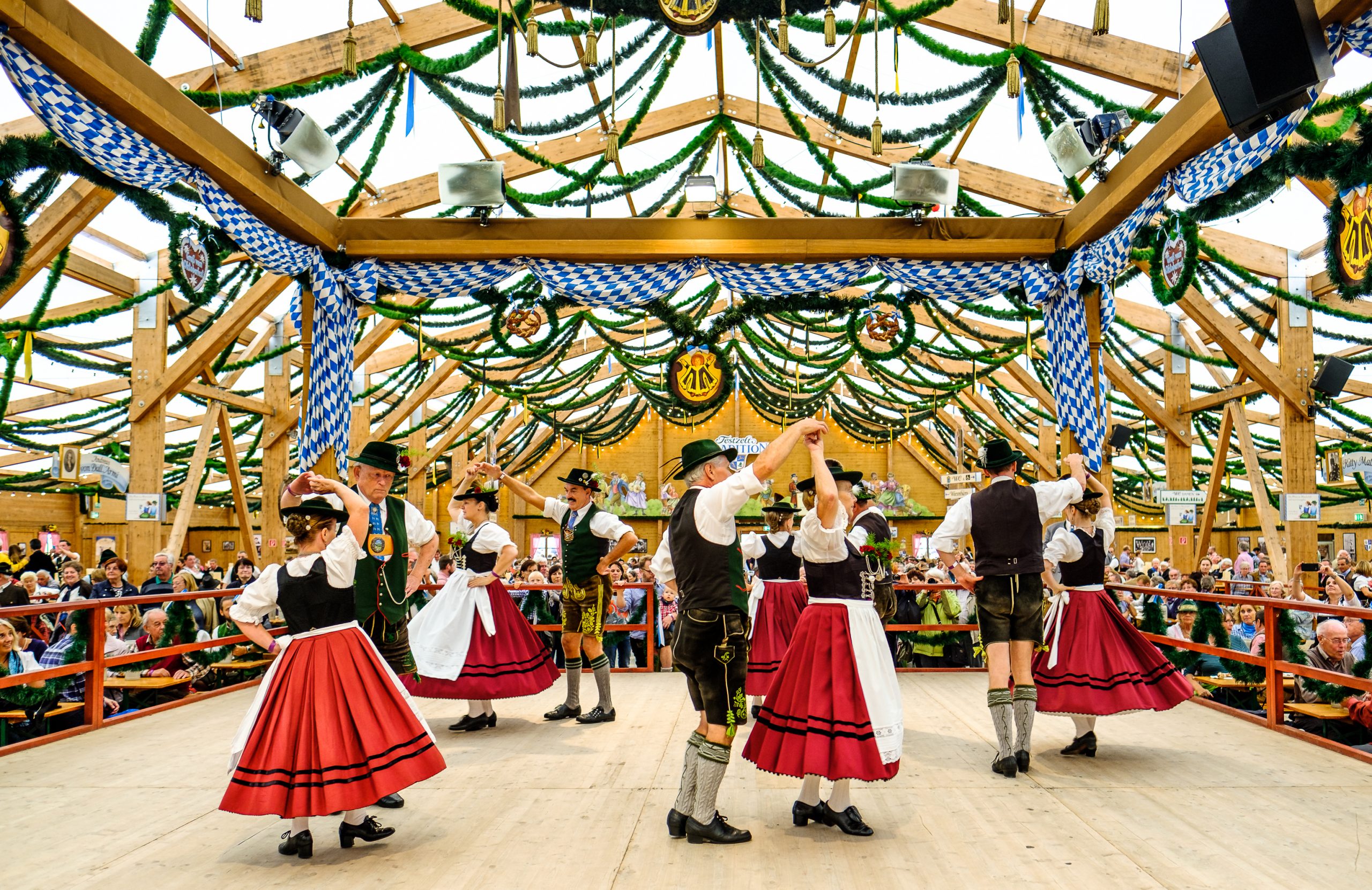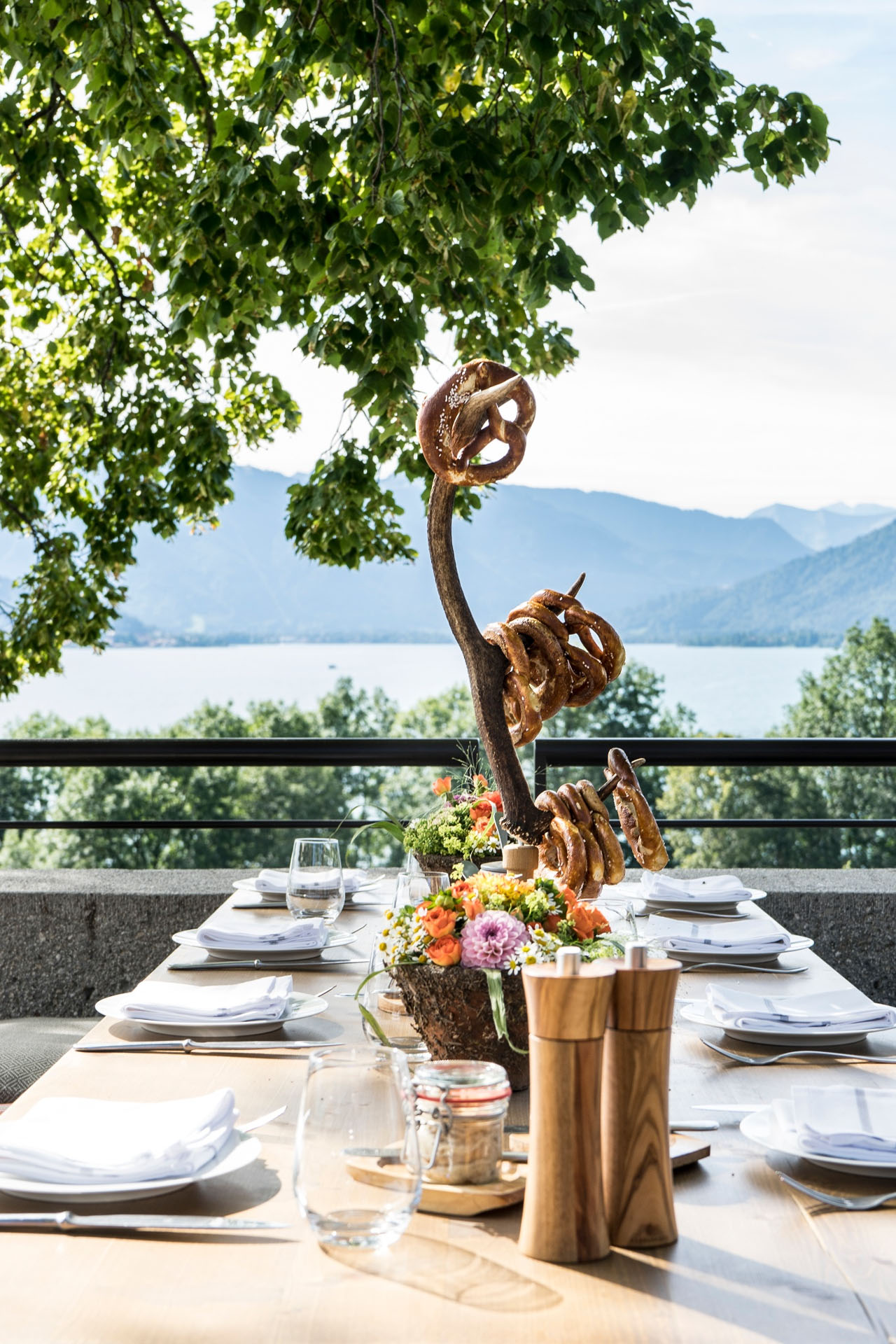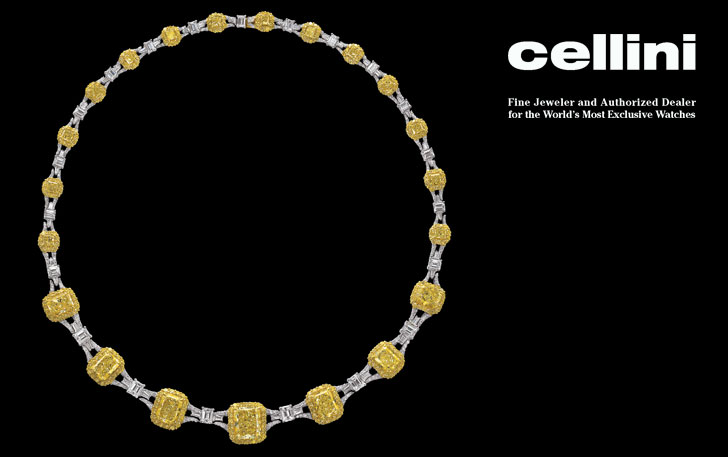FROM THE BUSTLING CAPITAL OF MUNICH TO CANDY-COLORED WALLED VILLAGES AND STUNNING ALPINE VIEWS, THE STORYBOOK SETTING OF BAVARIA, GERMANY, WILL SERENADE YOUR SOUL
BY AMANDA MCCOY
Often called Germany’s Scotland, Bavaria is the largest and most geographically dramatic state in the country, connecting cloud-piercing peaks, wild spruce forests, blue-turquoise lakes, bustling cities, medieval walled villages, storybook castles, and fields upon fields of pink and yellow wild flowers. The Free State stretches 27,000 square miles in Germany’s southwestern corner, just north of Austria, and while the peaks of its southern neighbor might be higher, Germany’s sliver of Alps are no less enchanting. For many, the region is most famed for its folk festivals (including Oktoberfest, the largest in the world), but beyond the sausage, beer, and lederhosen, there’s a sea of treasures to discover. Tour 11th century cathedrals in Augsburg, the state’s oldest city; take a romantic boat ride on the crystal-clear alpine lake Königssee; cross the Bastei Bridge, a breathtaking natural rock formation; get lost in the ebullient frescoes encasing the Church of Wies, and so much more. From Munich to the mountains, this stunning slice of Europe offers much to explore.
KNOW BEFORE YOU GO
There are several direct flights from JFK to Munich, the region’s capital and Germany’s third largest city. We recommend factoring in at least two days to explore the cosmopolitan city, as it’s swimming in historic sites, lively beer halls, cabaret, upscale boutiques, and contemporary art galleries and museums. Marien platz, the city’s large central square, is a stunning example of neo-Gothic architecture and an excellent snapshot of the city’s storied past. From there, the best way to explore the mountainous region is by car, as the vistas are truly dramatic and you’ll want to stop on your own terms. Leave the Autobahn behind and motor through the spruce dotted hills of the undulating countryside. When mapping out your itinerary, the Romantic Road, a scenic 217-mile route that cuts through forests, mountains, and several picturesque villages, is a good place to start.

Fall is one of the best times to visit, as crowds tend to wane but temperatures remain pleasant, averaging 60-degree highs in Munich with 22 days of sun. As far as local demeanor, Bavarians tend to be frank and direct. Locals are usually happy to o er help and directions, but they don’t engage in excessive small talk or pleasantries.
ATTRACTIONS:
OKTOBERFEST
Steins over flowing with pilsner, brass instruments belting in the background, and legions of buzzed festival goers donning lederhosen and grins engaging in Masskrugstemmen, a stein-holding competition: this is Oktoberfest. Six million people descend upon Munich each fall for the world’s largest celebration of Bavarian culture, and though tourists from all over the world flock to the city for beers, grub, and fun fare, it is still very much a beloved local tradition. The festival began in 1810 as a wedding celebration for Prince Ludwig and Princess erese and today consists of numerous beer tents, carnival rides, and games. Be sure to dress for the part, as donning the traditional trachten (lederhosen for him, dirndl for her) is not a tourist appropriation but a treasured aspect of the experience. The festival is free to enter, but tables can (and should) be booked months in advance. The festival takes place September 17 – October 3 this year, and for early planners, September 16 – October 3, 2023. oktoberfest.de

SCHLOSS NEUSCHWANSTEIN
The region is home to hundreds of castles, dating back to the early middle ages through the Romanticism period of the mid-19th century. But perhaps the most famous is the Neuschwanstein, a preserved palace on a rugged hilltop outside of the village Hohenschwangau. Walt Disney himself was so enamored with its beauty, he used it as a model for Cinderella’s castle in the 1950s cartoon. The extravagant palace was created to satiate the whims of the “Mad King Ludwig,” who was stripped of his powers when his empire was conquered by Prussia in the mid-1800s, and he died before the castle could be completed. Many of the rooms are unfinished, but the 30-minute tour takes visitors into the eccentric king’s gold-plated bedroom chamber, dressing room, throne rooms, and a few others. Be sure to leave time for roaming the grounds and drinking in the sweeping panorama. neuschwanstein.de
WHERE TO STAY:
MANDARIN ORIENTAL, MUNICH
Planted on a quiet street o the famed Maximilianstrasse, Munich’s lavish shopping drag and one of four royal avenues in the city, this five-star hotel blends designer luxuries with 19th century grandeur. Behind the neo-classical facade lies a sea of modern delights, including a Nobu restaurant, rooftop garden with sweeping views of old town, and a 24/7 fitness center with a Kinesis wall offering computerized wellness assessments. Hot o the heels of a massive renovation, the boutique-style resort boasts oak wood parquet floors, brightly colored contemporary décor, high ceilings, and heated floors in the guestrooms and suites. Spring for the Bavaria Suite set in the historic tower, boasting an elevated circular bedroom with 180-degree views of the city. Rooms start at $2,050 per night. mandarinoriental.com
WERDENFELSEREI
Experience alpine luxury at its most authentic at this all-wood boutique hotel, surrounded on all sides by the jagged mountains of the Bavarian Alps, including Germany’s tallest peak, Zugspitze. Here, tradition dances with trends with exquisite finesse. In the lobby, sink into a cow hide chair crafted by a local artisan as you dive into a book from the on-site library. Or if you prefer to unwind floating amid the peaks, the rooftop spa with a heated outdoor pool offers uninterrupted views of the Garmisch Mountains. There’s also a pair of saunas, infrared cabins, steam baths, and an indoor lounge with a replace and feathery daybeds. In-suite indulgences include private saunas, freestanding soaking tubs, wood-burning replaces, and large terraces overlooking the rolling countryside. Rooms begin at $300 per night. werdenfelserei.de

WHERE TO DINE/DRINK:
HOFBRÄUHAUS MÜNCHEN, MUNICH
Touted as the world’s most famous pub, this sprawling beer hall and restaurant in Munich has roots that date back to the 16th century and is credited with birthing Bavaria’s vibrant tavern culture. To dine (and drink) here is an experience. Lederhosen-donning waiters sling liters of beers to rambunctious crowds as the oompah band belts out thigh slapping German tunes. The venue stretches 33,000 square feet across three floors with several rooms, including the primary Schwemme bar on the first floor. There’s also an outdoor garden, low-key café, and festival room where sojourners can take folk les sons in between sips. The food is classic Bavarian. Start with obazda, a traditional cheese spread garnished with onion rings, before diving into Munich veal sausages, roast of suckling pig, and beef goulash to sop up the weisse. hofbraeuhaus.de
TANTRIS MAISON CULINAIRE, MUNICH
Awarded a Michelin star every year for 40 years, this Schwabing district hotspot is considered the birthplace of haute German gastronomy. Enter the 1970s post-war building to find a sexy, broody dining room, marked by deep red walls and low lambent lighting. Celebrated chef Hans Haas leads the kitchen, changing the menus daily to reflect seasonality and provide a wholly unique dining experience each and every day. Meals are served prix-xe: four or six courses for lunch, six or eight for dinner. Past standouts include venison with red cabbage and mushrooms, lamb chops au gratin, and sea bass with black carrot puree. For wine pairings, an excellent sommelier is on site to recommend the perfect pour for each dish. Make reservations in advance. tantris.de
GUT KALTENBRUNN, TEGERNSEE
A revered Munich-based gastronom converted a series of quaint farmhouses along the shore of Tegernsee in the Bavarian Alps into a farm-to-table culinary experience, spanning several dining rooms, a trendy bar, and open-air beer garden. Dining rooms are dressed in warm, rustic woods and floor-to ceiling glass so guests can feast among phenomenal views of the blue lake and peaks in the distance, while the garden features long communal tables under strings of bistro lights. The menu is crafted of hyper-fresh local produce and meats. Highlights include hot fresh pretzels, roast pork shoulder, braised lamb shanks, and alpine deer loin. There are also several vegetarian options, including a decadent mascarpone and pumpkin risotto. feinkost-kaefer.de

